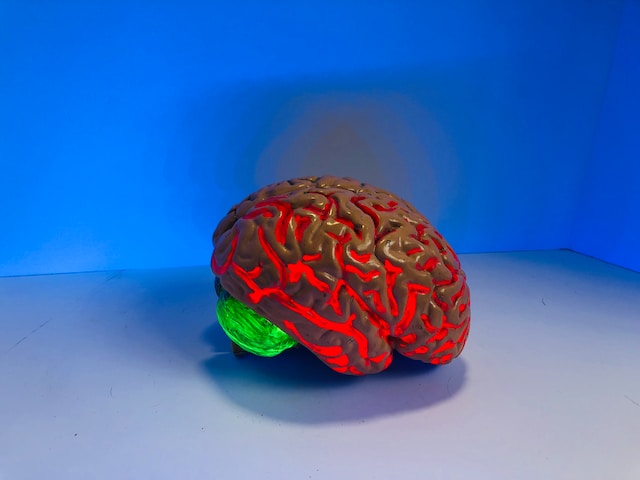Slow bleeding in the brain, also known as a subdural hematoma, is a medical emergency due to the rupture of a vein or an artery that occurs because of trauma, abnormal pressure, or a deficiency in the blood vessel.
A slow brain bleed could be due to a brain tumor, high blood pressure, or a brain aneurysm. Brain bleeding is the second most frequent cause of a stroke. Symptoms of a slow brain bleed include weakness on one side of the body, head pain, and trouble with vision. A slow brain bleed is detected with imaging tests and could necessitate surgery to stop the bleeding and relieve the pressure on the brain.
Causes of a Slow Brain Bleed
The most common cause of slow brain bleeding is a head injury. People may sustain a head injury after a violent attack, fall, car crash, or other trauma. This sudden impact could pull the blood vessels within the dura, making them bleed and tear, or cause small arteries within the subdural space to break. Common reasons for a slow brain bleed are:
- Head injuries
- Shrinking brain
- Cerebrospinal fluid leak
- Medicines to stop blood clots, like blood thinners and aspirin
As people age, the brain gradually becomes smaller. This enlarges the subdural space, making blood vessels more likely to break. In individuals over 50, a slow brain bleed could be present for a few days or weeks.
Symptoms of a Slow Brain Bleed
A person may experience immediate (acute) symptoms of a slow brain bleed, or they may develop symptoms later–sometimes even days after the trauma that causes it. Symptoms may include:
- Walking or balance problems
- Confusion and dizziness
- Headaches
- Vomiting or nausea
- Passing out (losing consciousness)
- Speech and vision problems
- Numbness or weakness that comes and goes
Diagnosing a Slow Brain Bleed
Medical professionals perform an MRI or CT scan to look for signs of bleeding in the brain. It is crucial to find the place of the bleeding. You might need to get more tests, like:
- Blood tests to measure clotting and look for bleeding disorders
- Blood tests to look for other reasons for your symptoms
- A CT angiography to discover underlying issues
Treating a Slow Brain Bleed
Physicians usually treat slow brain bleeds with surgery to alleviate pressure on the brain. Your doctor could use a selection of medical procedures to treat the bleeding. These include:
- A craniotomy (cutting a flap of the skull open to remove the blood)
- A burr hole (drilling a hole in the skull to let the blood drain)
If your brain bleed is small, physicians may observe it instead of doing surgery immediately. In this instance, you will likely remain in an intensive care unit. You might require:
- Medicines to regulate symptoms
- CT scans to observe the bleeding
- Vitamin K therapy to reverse the effects of some blood-thinning medicines
When to Get Help
Slow brain bleeding is a severe brain injury that requires immediate care. If you or a loved one requires brain injury treatment, call us to schedule an appointment as soon as possible.
